Optimal Timing for Industrial Paint Stripping
Industrial paint stripping is a critical process in maintenance, renovation, and surface preparation across various industries. Timing is essential to ensure the effectiveness of stripping methods and to minimize operational disruptions. The optimal time for performing paint stripping depends on factors such as project scope, environmental conditions, and operational schedules.
Perform paint stripping during dry, mild weather to ensure safety and effective material removal. Avoid extreme temperatures and high humidity which can affect stripping results.
Align stripping activities with planned maintenance windows or scheduled downtimes to reduce operational impact and ensure safety protocols are maintained.
Begin stripping when surfaces are clean and free of debris, corrosion, or previous coatings that could interfere with stripping processes.
Coordinate with project timelines to ensure stripping is completed before painting or coating applications, avoiding delays in project completion.

Ways to make Industrial Paint Strippings work in tight or awkward layouts.

Popular materials for Industrial Paint Strippings and why they hold up over time.

Simple add-ons that improve Industrial Paint Strippings without blowing the budget.

High-end options that actually feel worth it for Industrial Paint Strippings.

Finishes and colors that play nicely with Industrial Paint Strippings.

Little measurements that prevent headaches on Industrial Paint Strippings day.
Industrial paint stripping involves removing old or damaged coatings from surfaces such as metal, concrete, and other industrial materials. Techniques vary from chemical stripping and abrasive blasting to heat-based methods, each suited to specific applications. Proper timing enhances the efficiency of these methods, reduces safety risks, and ensures surface readiness for subsequent coatings.

A 60-second routine that keeps Industrial Paint Strippings looking new.

A frequent mistake in Industrial Paint Strippings and how to dodge it.

Small tweaks to make Industrial Paint Strippings safer and easier to use.

Lower-waste or water-saving choices for Industrial Paint Strippings.

The short, realistic tool list for quality Industrial Paint Strippings.
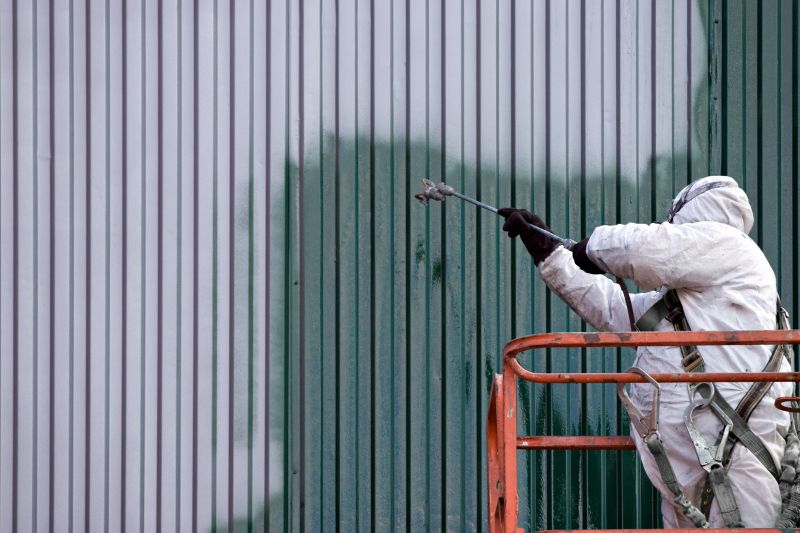
Rough timing from prep to clean-up for Industrial Paint Strippings.

Quick checks and paperwork to keep after Industrial Paint Strippings.
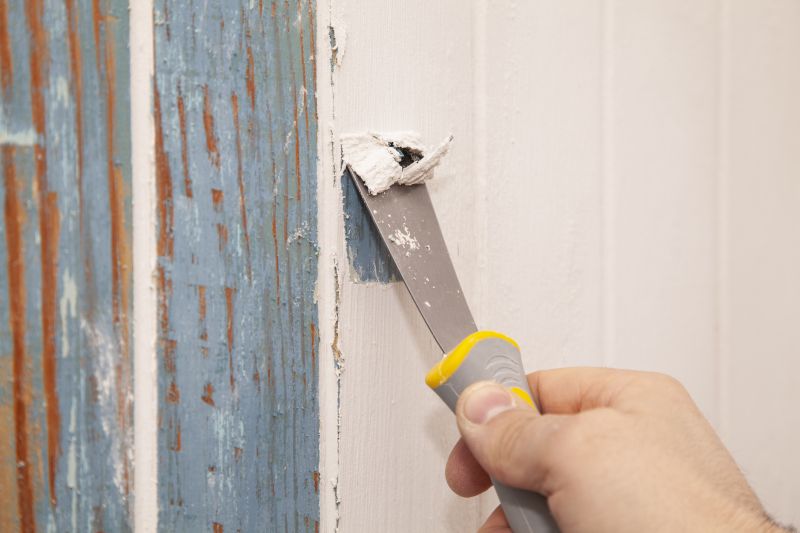
Examples that show the impact a good Industrial Paint Strippings can make.
| Aspect | Details |
|---|---|
| Weather Conditions | Optimal stripping occurs in dry, mild weather to prevent safety hazards and ensure material effectiveness. |
| Operational Schedule | Align stripping with planned downtimes to minimize disruption. |
| Surface Condition | Ensure surfaces are prepared and free of debris before stripping. |
| Project Timeline | Coordinate stripping to meet painting or coating deadlines. |
| Regulatory Compliance | Schedule activities in accordance with safety and environmental regulations. |
| Type of Coating | Different coatings require specific stripping methods and timing. |
| Surface Material | Material type influences the choice of stripping technique and timing. |
| Environmental Factors | Avoid stripping during adverse weather conditions to prevent hazards. |
Choosing the right time for industrial paint stripping enhances process efficiency, safety, and surface readiness. Proper planning ensures minimal operational downtime and compliance with safety standards. Understanding environmental and project-specific factors is essential for optimal results.

Ways to make Industrial Paint Strippings work in tight or awkward layouts.
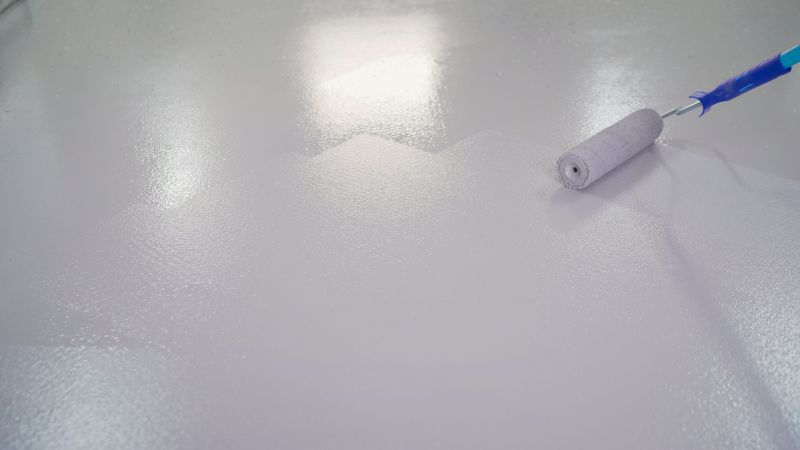
Ways to make Industrial Paint Strippings work in tight or awkward layouts.
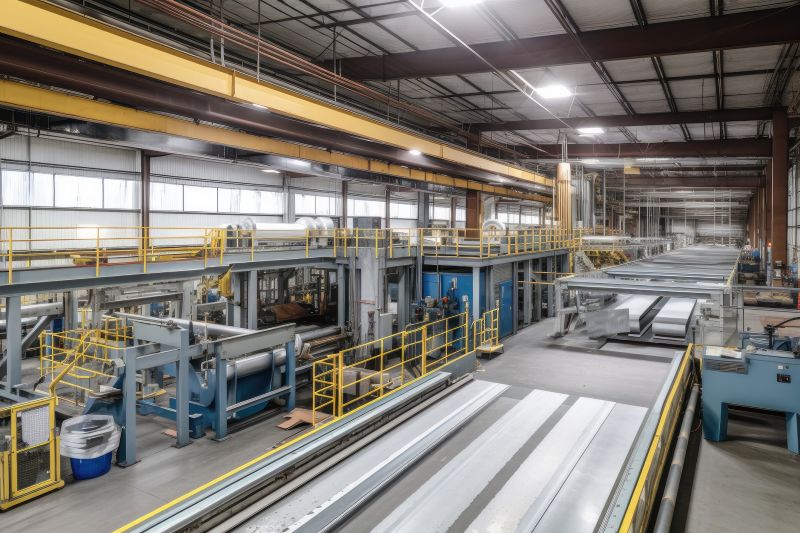
Ways to make Industrial Paint Strippings work in tight or awkward layouts.
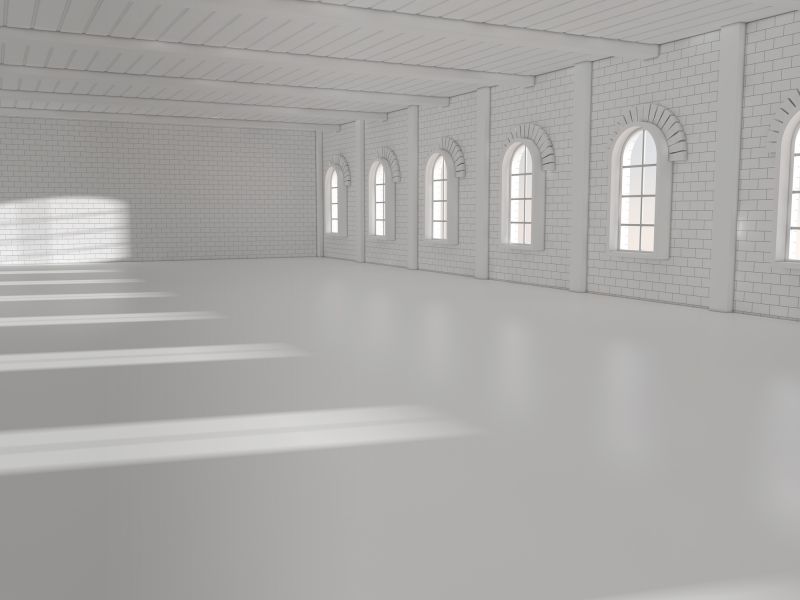
Ways to make Industrial Paint Strippings work in tight or awkward layouts.
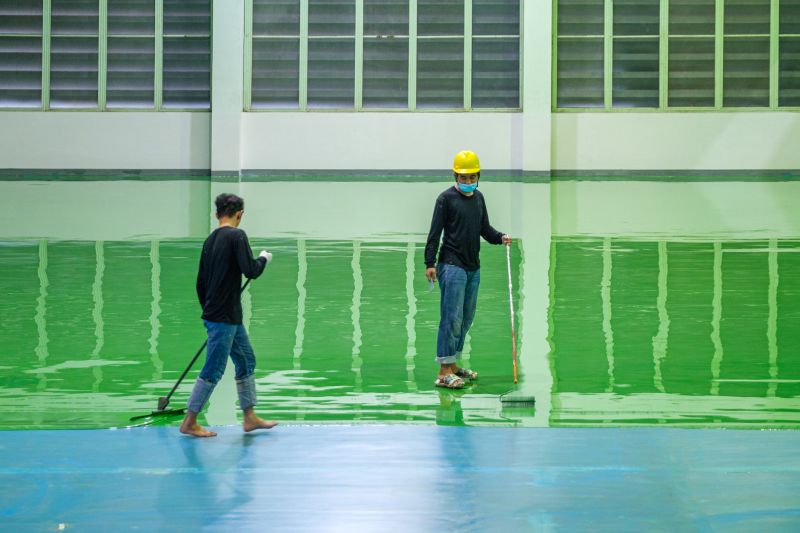
Ways to make Industrial Paint Strippings work in tight or awkward layouts.

Ways to make Industrial Paint Strippings work in tight or awkward layouts.
Interested in scheduling industrial paint stripping for your facility? Fill out the contact form to receive more information and assistance with planning your project effectively.



